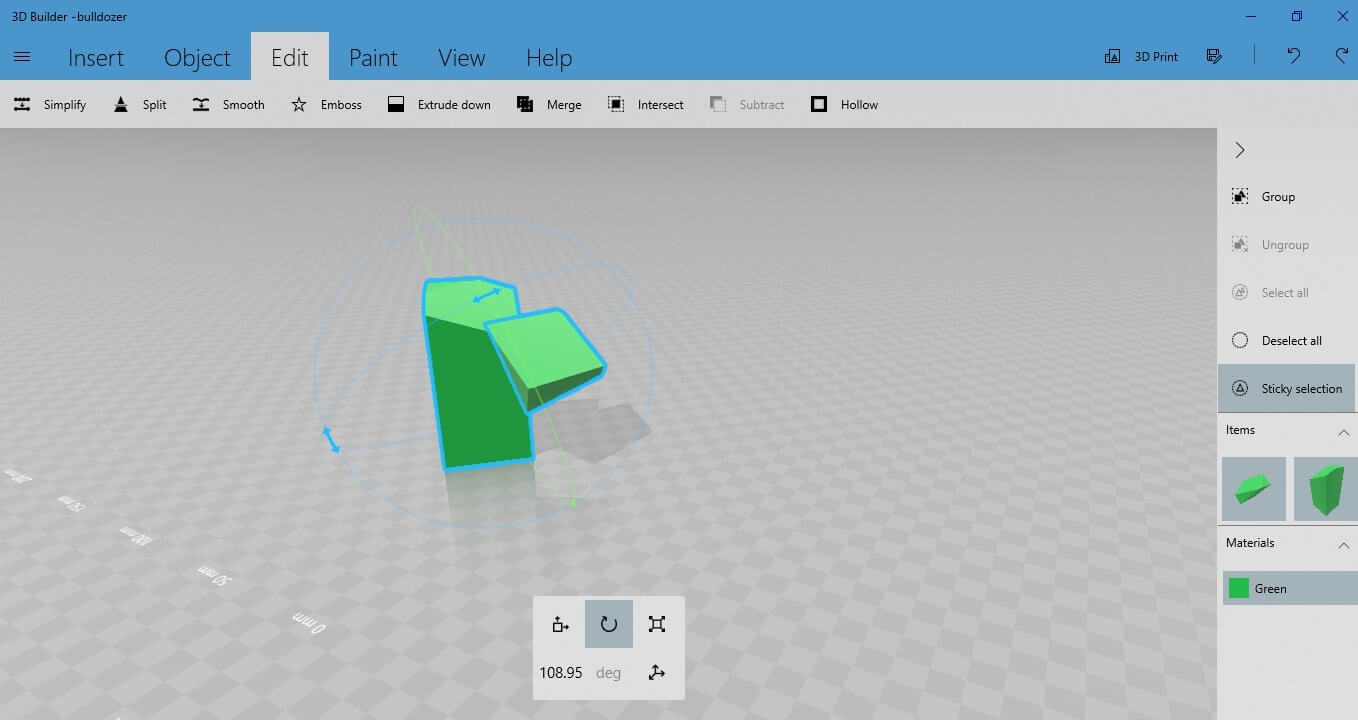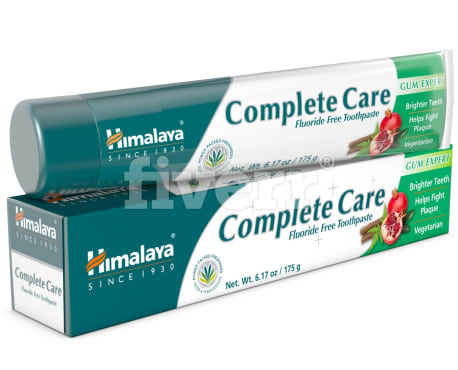

Since the funcionality and rough designs were already completed in the wireframing stage, the main focus was on the design of the After the wireframing phase was completed, we wereĪble to develope the UI design in the next step.įor the creation of the screen design we used Adobe InDesign and Figma.

Without having to know what goes on in the background. Usability was a strong focus since the user should be able to operate everything as quickly and easily as possible
Test: Testing and further development of prototypes or solutionsīased on the results from the Design Thinking process we created the first wireframes for various devices. Prototype: Development of prototypes / solutions from the most promising approaches. Ideas: Generating many ideas in brainstorming sessions. Define: Re-framing the problem and formulating precise questions under user-centered focus. Iterated Empathy: Understanding the problem, the users and their requirements. There are five different phases in Design Thinking which are as follows: The Design Thinking Process aims to bring together as many differentĮxperiences, opinions and perspectives on a problem.įirst of all, it is important to observe, identify and understand the needs of the target group. Thinking is that interdisciplinary teams in particular can create genuine, outstanding innovations. The “Design Thinking” approach was followed.įor creative problem-solving by professors at Stanford University. Of the product configurator was summarized, and the approach and long term goals were dicussed. In a five-day workshop with the Franke Water Systems project team where the idea and the concept Project Start Prototype - Defining the MVP The configuration internally (after consultation with the customer) and completes the final step by submitting the order.Ģ. It can be adjusted afterwards or it can finalised at which point it is no longer editable. The configuration can be saved as a draft so that On what has been configured) which he can then increase/decrease. Page the customer will also be offered additional products (such as taps, soap dispensers etc. Representative has gone through the configuration with the customer, everything is listed again on an overview where the project is located, in our case the shopping center. He can name the configuration and also define Where they can create their configuration for different projects. In the process, a sales representative from Franke takes his tablet to theĬustomer and configures the required washbasins online with him, directly on-site on his device.įranke's interior and field service will be trained on the new configurator. The planners of a new construction project, such as the construction of a shopping center, need washbasinsįor the new sanitary facilities. How does the configurator support the distribution of Franke? In the future it should not only be possible to configure a washbasin, but also a complete sanitary room. In addition, in version 2, the fittings and accessories will be further configurable. In version 2 it will also be possible to manually enter the roomĪnd wall settings. Of the walls adapt to the length of the washbasins. The requirements for version 1 was to provide a room-independent configuration, so the dimensions In addition, theĪpplication should be scalable in order to resolve new expansion problems. One of the requirements of the user interface design was a responsive design, as the productĬonfigurator will be used on both tablets and larger touchscreens in the future. 
In addition, the userĬan personalize the color of the entire washbasin and coating and adjust various settings regarding mountingįinally, after completion of the washbasin, the customer is offered an overview of the total costs and the data is transmitted directly to the SAP system.įlexibility, design and scalability of the application With regard to the type of installation, corner design, plate dimensions and positioning of the troughs,Īs well as recesses and installation parts such as holes for fittings and soap dispensers. This includes the selection of suitable troughs and aprons, the input of desired dimensions of the washbasins With the help of the new application it is possible to configure washbasins both in a 2D and in a 3D view. This will now be replaced by our configurator to simplify For several years Franke has been using an Excel calculation tool based on Visual Basic Codeįor the creation of personalized washbasins.







 0 kommentar(er)
0 kommentar(er)
